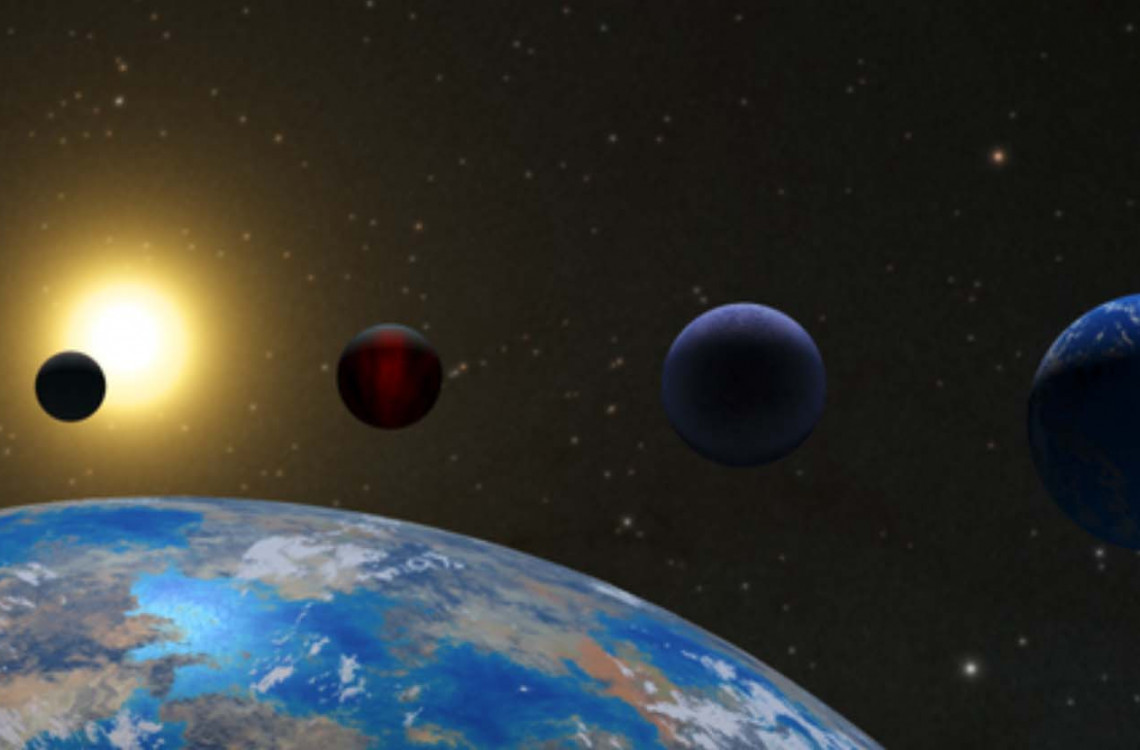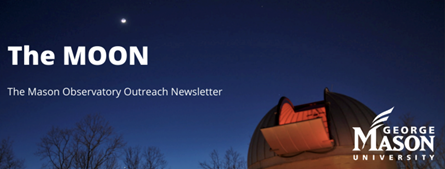Planets outside of our solar system look nothing like our own, with most of these detected exoplanets falling right in between the size of the Earth and Neptune. How can we understand such differences? Join NOVAC and Dr. Eve Lee for a virtual discussion on Sunday, July 10 at 7:30pm EDT.
Eve Lee, Ph.D.
Sunday, July 10, 2022
7:30 PM to 9:00 PM EST
Online event
Monthly Meeting – Public Invited
Abstract:
Planets in our solar system can be divided into rocky terrestrials as large as the Earth vs. gassy giants as small as Neptune. Planets outside of our solar system, on the other hand, look nothing like our own, with most of these detected exoplanets falling right in between the size of the Earth and Neptune. How can we understand such differences? I will describe the underlying physics that drives the huge diversity in the observed exoplanetary population and discuss how future missions can help us better understand the formation and evolution of solar and extrasolar planets.
Bio:
Dr. Eve Lee is an Assistant Professor of Physics at McGill University in Montreal, Canada. She received her Hon. BSc in Physics and Astronomy at the University of Toronto, PhD in Astrophysics at UC Berkeley, and spent two years as a Sherman Fairchild Postdoctoral Scholar at Caltech before taking up the faculty position at McGill in 2019. At McGill, Dr. Lee leads a theoretical astrophysics group specializing in the formation of stars and planets. She was recently awarded the 2022 Annie Jump Cannon Award from the AAS.




